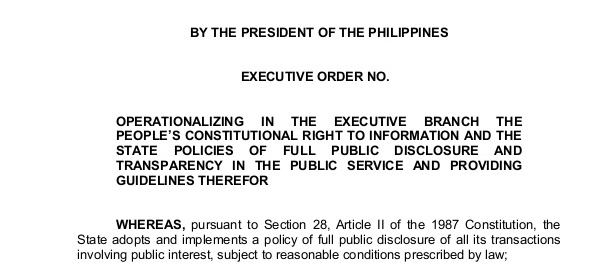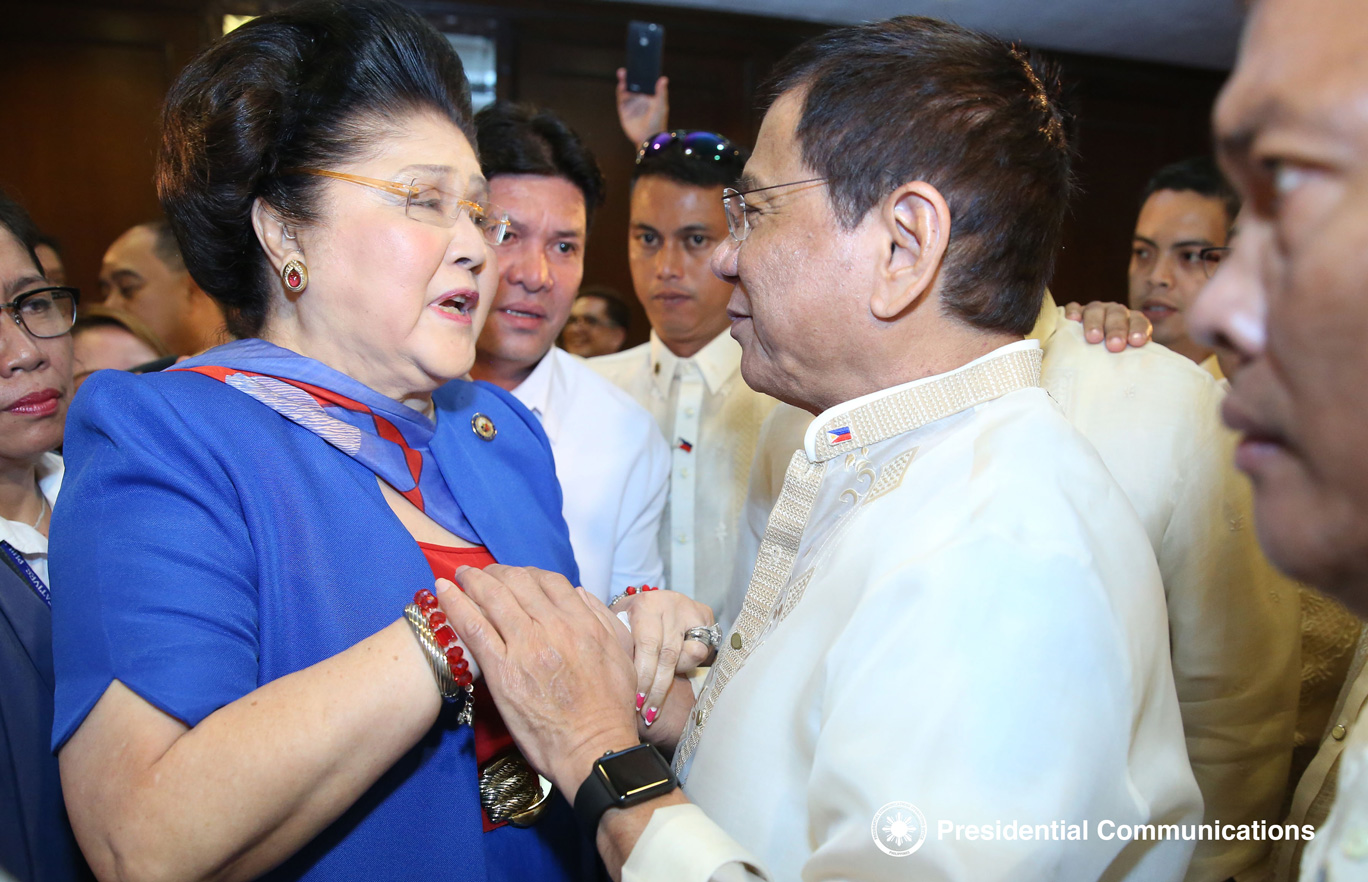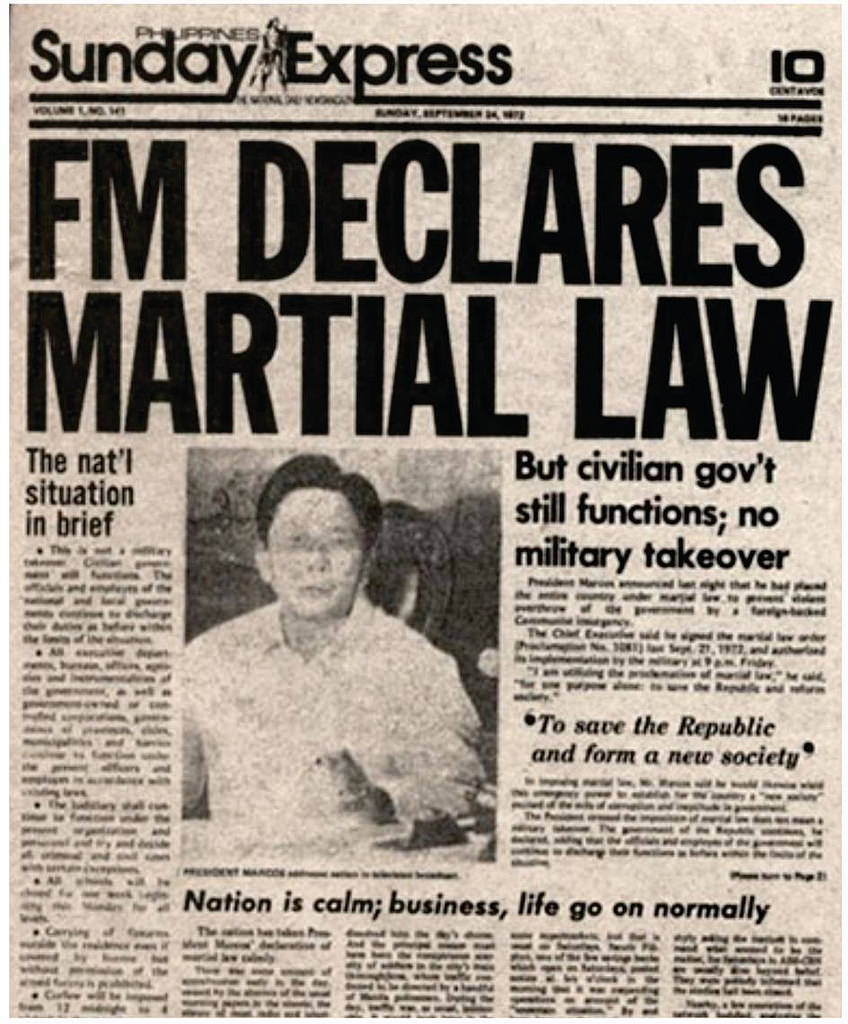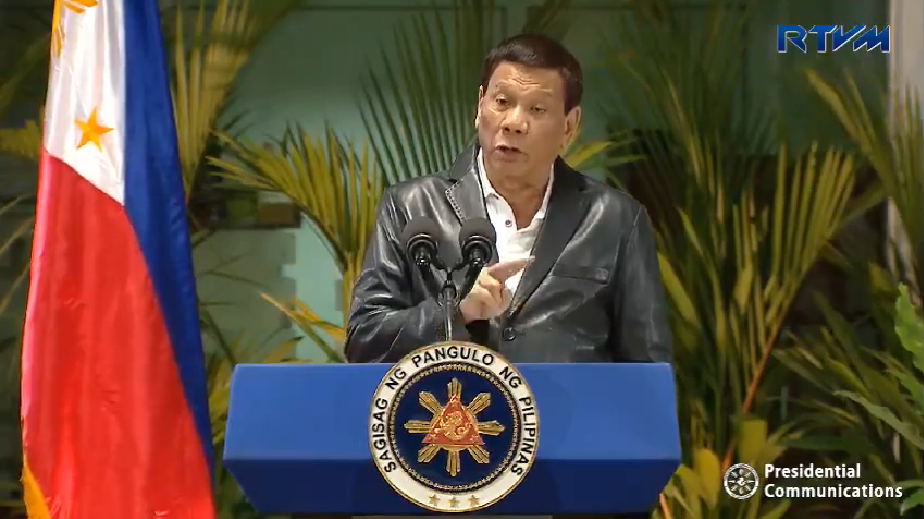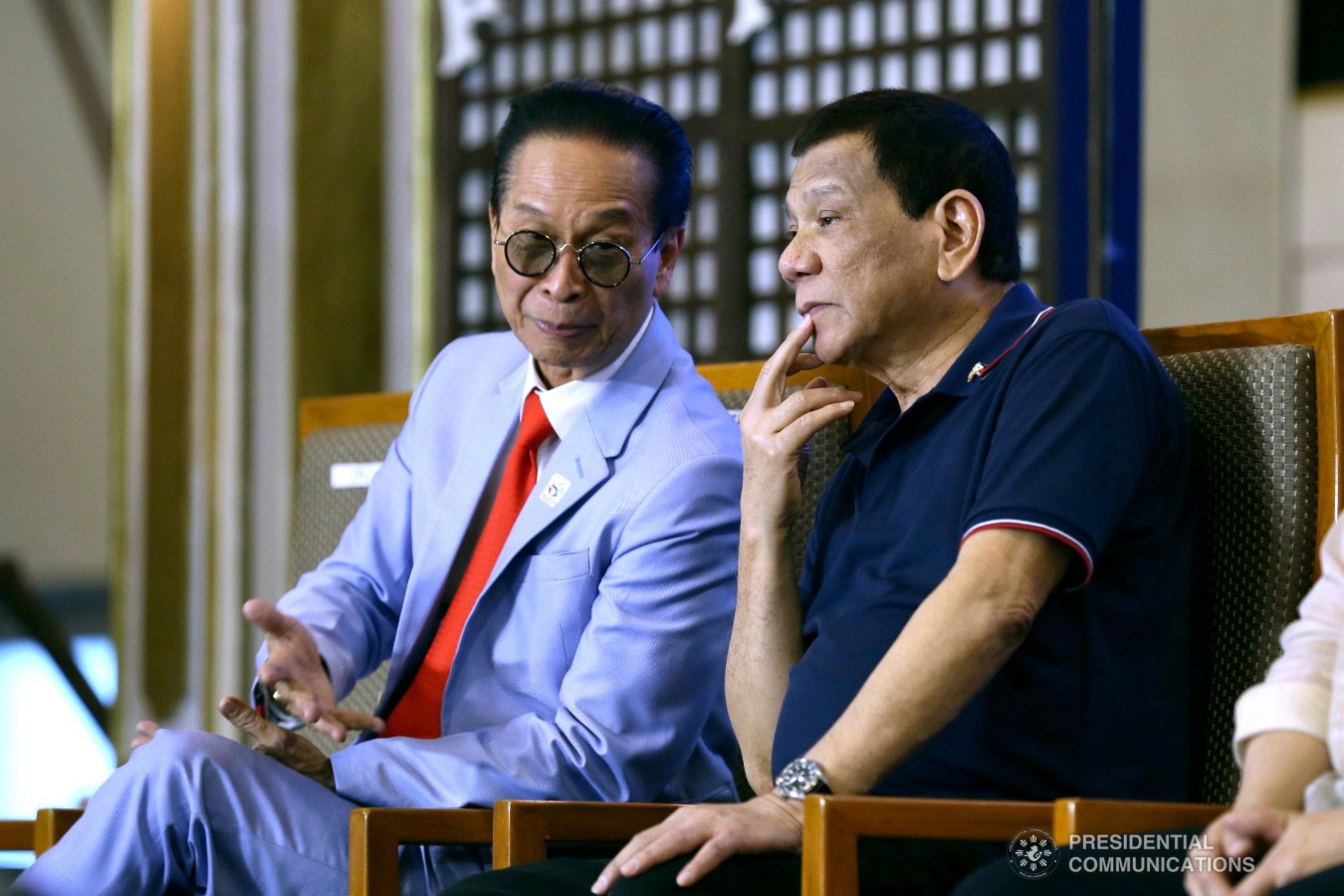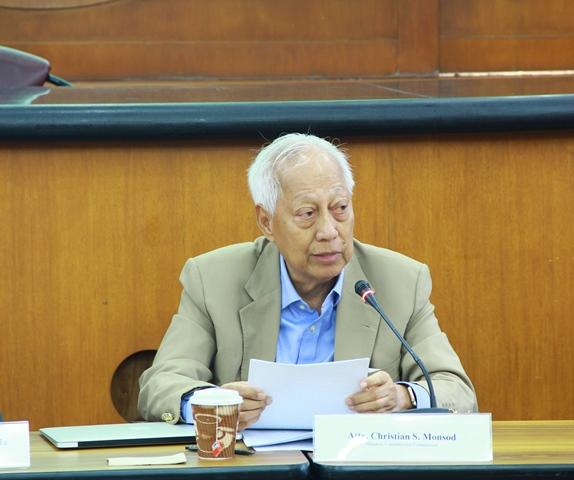![]() PRESIDENT Rodrigo Duterte’s milestone executive order on freedom of information retains Macapagal and Marcosian relics. The repealing clause of Executive Order No. 2 issued July 23 poses a few noteworthy exceptions.
PRESIDENT Rodrigo Duterte’s milestone executive order on freedom of information retains Macapagal and Marcosian relics. The repealing clause of Executive Order No. 2 issued July 23 poses a few noteworthy exceptions.
“SECTION 18. Repealing Clause. All orders, rules and regulations, issuances or any part thereof inconsistent with the provisions of this Executive Order are hereby repealed, amended or modified accordingly: Provided, that the provisions of Memorandum Circular No. 78 (s. 1964), as amended, shall not be deemed repealed pending further review.”
Issued in 1964, and amended by Marcos in 1968, Memorandum Circular No. 78 laid out rules on security of certain “matters” in government offices, particularly those that “require protection in the interest of national security.”
In a nutshell, documents, equipment, projects, books, reports, articles, notes, letters, sketches, plans, recordings, photographs, films and other substances shall be classified, based on content, into four: 1) top secret 2) secret 3) confidential and 4) restricted.
These classified documents shall be taken care of by custodians duly designated by heads of departments, and they shall be released for public consumption upon the department head or an authorized representative’s consent.
Access to classified matter is guided by the principle of “need-to-know,” in this case, persons to whom documents are essential to fulfill their duties. Only “properly cleared persons” shall be disseminated copies.
“Need-to-know,” meanwhile, shall be determined both by the individual who has possession, knowledge or command control of the information, and the recipient.
MC No. 78 was amended in 1968 to include a provision on “communication security” or the “protection resulting from the application of various measures which prevent or delay the enemy or unauthorized persons in gaining information through our communications.”
Interestingly, the 1964 and 1968 orders were revived by former president Gloria Macapagal-Arroyo in 2007 to justify a vaguely defined security clearance procedure that further restricted public and media access to official documents.
Media freedom advocates expressed alarm over Arroyo’s order, raising the possibility of repressing transparency in exchange of “national safety.”
Executive Order No. 608 was prompted by the need to “implement security measures that will protect and ensure the integrity and sanctity of classified or sensitive materials,” since the government was “always at constant risk of being infiltrated by groups or individuals.”
In effect, those handling classified matters were subject to a comprehensive background investigation before they were issued an Interim Security Clearance by the head of the department.
Background information of those issued clearances were then indexed and stored by the dep
artment. Such clearance is again reviewed by the National Intelligence Coordinating Agency, and subject to final approval by the National Security Adviser.
Sources:
Executive Order No. 608, s. 2007
Memorandum Circular No. 78, s. 1964
Memorandum Circular No. 196, s. 1968
